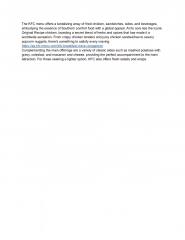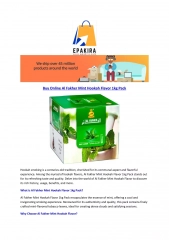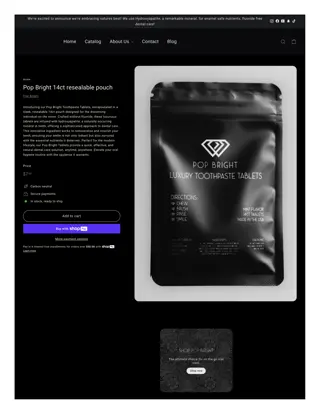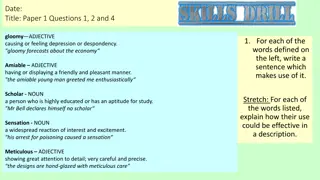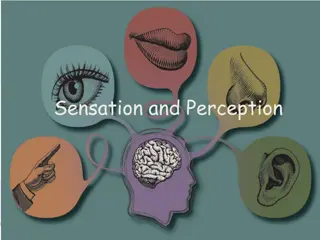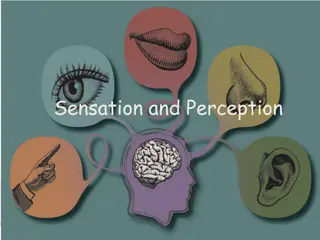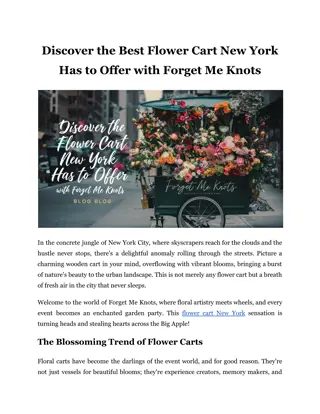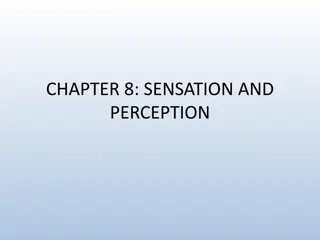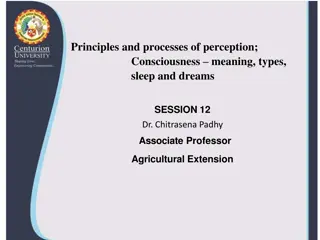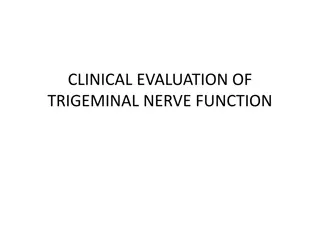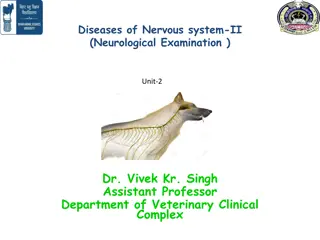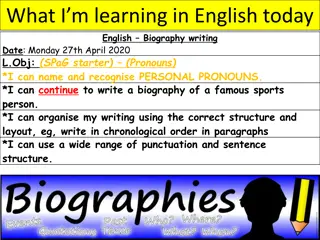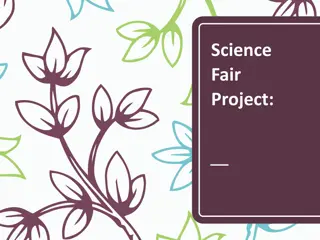
Understanding Sensation: Types and Characteristics
Explore the concept of sensation as the foundation of knowledge, including its classification into organic, special, and muscular sensations. Learn how sensation plays a crucial role in education and the development of children's understanding of the environment.
Download Presentation

Please find below an Image/Link to download the presentation.
The content on the website is provided AS IS for your information and personal use only. It may not be sold, licensed, or shared on other websites without obtaining consent from the author. If you encounter any issues during the download, it is possible that the publisher has removed the file from their server.
You are allowed to download the files provided on this website for personal or commercial use, subject to the condition that they are used lawfully. All files are the property of their respective owners.
The content on the website is provided AS IS for your information and personal use only. It may not be sold, licensed, or shared on other websites without obtaining consent from the author.
E N D
Presentation Transcript
SENSATION PREPARED BY DR. SARMISHTHA DUTTA
Concept Concept Sensation is an inner experience aroused by the respective stimulus through sense organs. It is the elementary raw material of our knowledge. It is the simplest form of cognition. According to Sully : Sensation is a simple psychical phenomenon resulting from the stimulation of the outer end of an afferent nerve, when this is propagated to the brain. What is stimulus? a force of any agent which excites a sense organ or the outer end of a sensory nerve.
CHARACTERISTICS CHARACTERISTICS Sensation is the simplest unit of knowledge. It supplies the raw materials of knowledge. It is aroused by the interaction of an external stimulus and the sense organ. Every sensation implies a not-self as its cause. Sensation gives us the knowledge of the external world. It is a comparatively passive state of the mind. We do not create sensation. Sensation is forced upon us. It is an objective mental state.
CLASSIFICATION CLASSIFICATION There are 3 types of sensation- Organic sensation Special sensation Muscular or Motor sensation
Organic Sensation Organic Sensation These sensations are produced by internal organs If there is any change or disturbance in the normal activities of the organs situated within the body , the changes when propagated to the brain , through the afferent nerves, we get organic sensation. Examples: hunger, thirst, fatigue , liveliness . etc
Special Sensation Special Sensation These sensations come to us through the different sense organs situated on the periphery of the body. They originate from eyes(visual), ears (auditory), skin (tactual), nose( olfactory) and tongue( gustatory). Examples: Sensations of colours, sounds, tastes, smells, pressures, heat, cold , etc.
Muscular or Motor or Muscular or Motor or Kinaesthetic Kinaesthetic Sensation Sensation It is the sensation that we get from the joints and tendons when we move our limbs. It is produced by changes in the organs of movement viz., muscles, tendons and joints
SENSATION IN EDUCATION SENSATION IN EDUCATION Sense organs are the means of the child s knowledge of the environment The power of the sense organs of the child can be improved by training. The child should be presented with the materials involving different types of sensations. Sense training is necessary for his/her proper adjustment with the physical environment. It is the ground of his mental development. Montessori method, kindergarten method , project method, excursions are important procedures of sense training.
CONT. In Montessori method, the senses of the child are trained by didactic apparatus. In the Kindergarten system, gifts and occupations, mother play and nursery songs are used for sense development. In the project method , emphasis is laid on the principle of learning by doing.
REFERENCES REFERENCES J.C. Aggarwal, Essentials of Educational Psychology Saroj Chatterjee, Concepts of Education Sushil Roy, Shiksha Monovidya



